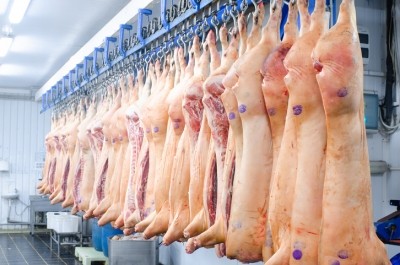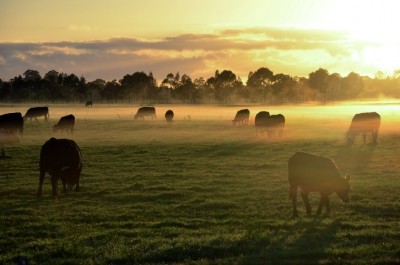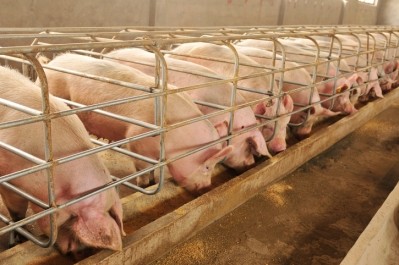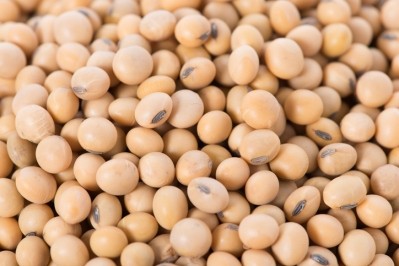What should the future Chinese livestock farming model look like?
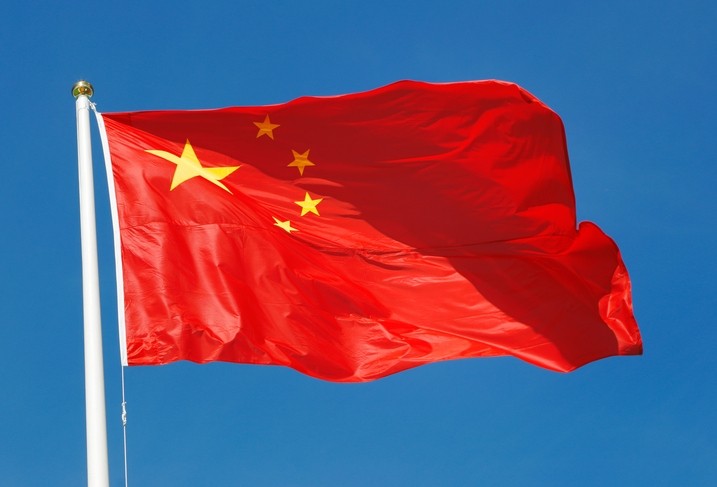
The researchers said their paper, which was published in the journal, Science Advances, was aimed at getting a better understanding of the drivers and impacts of the development of the livestock production sector in China, with a view to exploring possible solutions to achieve sustainable livestock production in the near future.
Massive and rapid growth
The livestock transition in China has been propelled by demand and wealth, but has also been greatly facilitated by subsidies, deregulation policies, and weak environmental regulations, found the researchers.
China's livestock population almost tripled between 1980 and 2010, from 142 million to 441 million livestock units (LU). During the same period, the annual gross economic value of livestock production increased from RMB 35 billion to RMB 2,100 billion, a 58-fold hike, they wrote.
The average meat, milk, and egg consumption per capita increased by 3.9, 10, and 6.9 times, respectively, between 1980 and 2010, by far the largest increase during this period globally.
Damage incurred
However, the costs of livestock transition are also large, argued Professor MA Lin, the corresponding author of the paper.
“Animal feed imports have increased 49 times; total ammonia and GHG emissions into the atmosphere doubled; and nitrogen losses to watercourses tripled."
Livestock production also changed from being multifunctional to mainly providing high quality proteins. “In other words, livestock production generally lost the functions of recycling household waste, providing draft power, and supplying manure to fertilize cropland.”
Impact on international feed trade
The impacts of China’s livestock transition also had profound impact on the international trade of feed, environmental pollution, and it enhanced competition for agricultural land.
“The area cropped with corn increased at the expense of the area devoted to wheat and rice in China, due to the increasing demand for livestock feed. This change was facilitated also by (indirect) subsidies to farmers growing corn during the livestock transition.
“However, the increase in domestic feed production was not sufficient. As a consequence, feed import increased greatly. In 2010, feed import was equivalent to 16 million ha of arable land, which is equal to 45% of China’s arable land used for feed production. The massive import of livestock feeds affects the world market, and through changes in commodity prices, it also affects countries in Africa, which also depend on the import of soybean and/or cereals. Massive imports also induce large-scale changes in land use in exporting countries, including the deforestation of Amazon in Brazil.”
A more sustainable model….
The authors have proposed a more sustainable livestock production model for China, one that sees increased production efficiency and environmental performance at system level, with coupling of crop-livestock production, whole chain manure management, improved grassland management and concentrate feed production, reduced competition with human-edible food, and targeted spatial planning of livestock production as the major components.
“We suggest an alternative transition, which should be implemented by government, processing industries, consumers, and retailers.”
They said approaches focused on improved feed quality, optimized herd management and breeding, with an emphasis on enhancing the agronomic and environmental performance of the whole livestock production sector in China, would help.
Locations of livestock farms would have to be planned strategically away from watercourses and other sensitive areas and with sufficient cropland in the vicinity, they said.
“For proper recycling of manure nutrients, approximately 0.3 to 0.6 ha of agricultural land per LU is needed, depending on soil fertility level and environmental conditions.”
The authors said the importance of location of livestock farms was reiterated recently by the Chinese government. They noted that pig farmers have been expelled from areas near eutrophication-sensitive lakes, following the implementation of the water protection law.
Through coupling of crop and livestock production with manure nutrient recycling, large amounts of synthetic fertilizer can be saved, while eutrophication of lakes, coastal seas, and other sensitive areas can be diminished, they added.
“The additional requirement of land for feed production will be 31 million ha, which is nearly as large as the area of crop land in 2010. However, the total area of grassland covers more than three times the area of arable land in China, and part of this area has the potential to increase production through better nutrient and water management.
“Further, closing the crop yield gap through integrated soil-crop management has been shown to be effective for most regions in China; it can increase cereals yield without increasing N input and can also contribute to covering the increased feed demand.”
Such a scenario requires targeted socioeconomic policies, environmental regulations, and large investments in improving livestock feed production and quality, livestock housing, and manure management, said the researchers.
Source: Science Advances
Title: China’s livestock transition: Driving forces, impacts, and consequences
DOI: 10.1126/sciadv.aar8534
Authors: Z Bai, W Ma, L Ma, G L Velthof, Z Wei, P Havlík, O Oenema, M R F Lee, F Zhang
